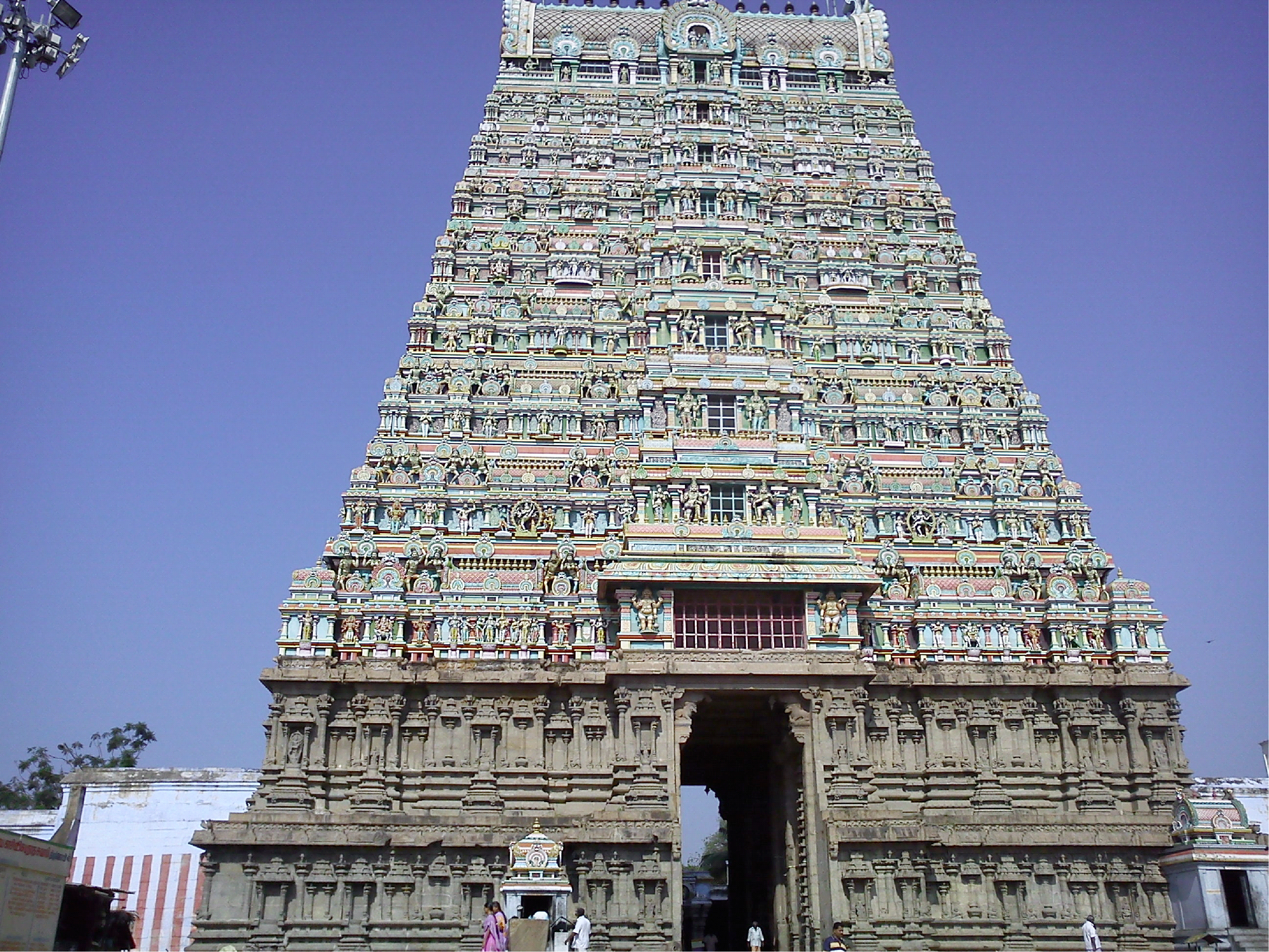In South India at the bottom of the western ghat hills, a magnificent temple is seen just near the banks of the holy Chitaru river. The Podighai hills in the bankground with lush vegetation and herbs provide a very beautiful setting to this temple located in the center of the town Ten Kasi. The temple proof of Pandyan art and culture
-Dr Ujwala Chakradeo

Kashi Vishwanath Temple of South India is a 700 years old temple located on the banks of the holy river Chitaru in Tamil Nadu. Pandya king Parrakkirama Pandya is said to have built this magnificent temple in the 13th century. He wanted to build a temple of Kashi Vishwanath in the south. He went to Kashi to pray and to bring lingam from there for worship. However, after returning, he found Swayambhu (self-born) Idol of Bhagwan Vishwanath on the banks of river Chitaru. The Pandyan king employed the best sculptors to build this temple in a very magnificent style. On the left side of the Shiva temple, the temple of his consort Ullagmman (Parvati) is located. On the pillars and walls, many sculptures are beautifully carved. The 180-feet high temple tower – Gopuram is seen from a long distance. This temple is worth seeing as proof of Pandyan art and culture. Pandyan Empire was home to temples, including Meenakshi Amman Temple in Madurai and Nellaiappar Temple in Tirunelveli.
Rock cut and structural temples are a significant part of Pandyan architecture. The Vimana and Mandapam are some of the exquisite features added during the early Pandyan temples. The Shiva temples have a Nandi sculpture in front of the Maha Mandapam. In the later period of Pandya’s rule, finely sculptured idols, gopurams on the Vimana, were developed. Groups of small temples can be seen at the Tiruchirappalli district of Tamil Nadu.
The city ‘Tenkasi’ is built around the Kashi Vishwanath temple. The word ‘Ten Kasi ” means the Kashi of the South. This city is in the newly created district Tenkasi in Tamil Nadu. The temple has a seven-tiered gopuram (temple tower) and concentric granite walls that enshrines all the shrines in the temple. The temple has a pillared hall from the entrance leading to the flagstaff hall. The sanctum is located axial to the entrance facing east. The image of Kashi Vishwanath in the form of lingam is housed in the sanctum. The images of Vinayakar and Subramanyam are located on either side of the hall leading to the sanctum. The shrine of Sivakami is located parallel to the sanctum facing East. The holy Ganga is believed to have appeared at the Kashi Kinaru (well) at the Bhagwan’s bidding.
(The columnist is Principal of SMM College of Architecture, Nagpur and specialises in Bharatiya Architectural Heritage)














Comments